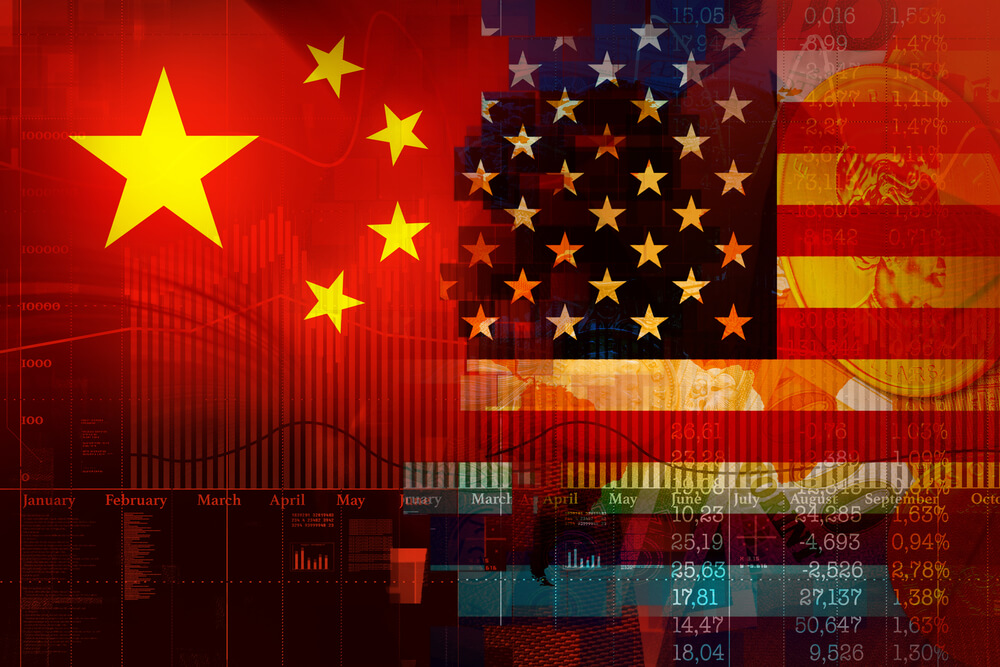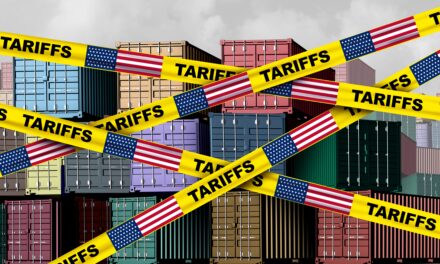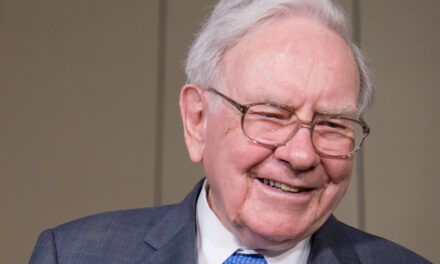According to unnamed Chinese officials, President Xi Jinping plans to ask President Donald Trump to lift sanctions on selling U.S. products to Huawei Technologies Co. as part of trade negotiations.
A report in The Wall Street Journal suggested Xi considers the lifting of the ban on the Chinese technology giant a starter to any other negotiations to be had with Trump during this week’s G-20 summit in Osaka, Japan.
In addition to the lifting of sanctions on Huawei, Xi also seeks to have “all punitive tariffs” against China lifted and any discussion on forcing China to buy even more exports that Xi committed to in December, halted.
Trump and Xi are expected to hold trade talks Saturday, following the G20 meetings.
American companies are currently banned from exporting any U.S.-made equipment or technology to Huawei, according to Commerce Department regulations.
That ban is due to the understanding by the Trump administration that Huawei can use its technology — centered around 5G integration — to help the Chinese government spy on foreign governments, businesses and individuals. The ban is reportedly expected to cost Huawei nearly $30 billion in revenue through 2020.
However, companies like Qualcomm and Intel have continued to ship products to China, despite the Commerce Department blacklist. They are able to do so by working around rules that state components made primarily outside the United States are not part of the ban.
As for the discussions with Xi, it is widely believed the United States will be looking to see if Xi elects to open where the two countries left off in April — when both nations believed they were close to a deal. If Xi decides to step back, it is likely Trump will follow through with “Phase 2” of his proposed tariffs, which include a 10% tariff on nearly $300 billion in Chinese imports.
It is unlikely that Xi will be confrontational with Trump on Saturday. Instead, following a recent state visit to North Korea, it is probable that Xi will offer additional help to the United States on nuclear talks with both Iran and North Korea. Xi made the first state visit of a Chinese president to North Korea in 14 years while Trump is expected to travel to Seoul, South Korea following the G-20 summit.
As for the inclusion of the Huawei ban, The Wall Street Journal reported that U.S. negotiators “have tried to keep the Huawei issue separate from trade talks, though Mr. Trump has several times talked of packaging Huawei in a trade deal.”
The punitive tariffs include a 25% levy on $250 billion in Chinese imports. Additionally, Xi will likely want to push the Chinese purchasing target back to $200 billion from the $300 billion U.S. negotiators have tried to raise. At present levels, China hitting even $200 billion would be difficult as U.S. exports to China in 2018 amounted to $120.1 billion and $129.8 billion in 2017, according to the WSJ.




